Workshop no. 26: Moving Art: Japanese Animation from 1800 - 1960 with Ko Nakajima
On Monday, March 11th, we were happy to join forces again with our friends at Collaborative Cataloging Japan (CCJ) for a special presentation with video artist Ko Nakajima. Mr. Nakajima shared his deep knowledge of Japanese animation with our guests as he described its fascinating history starting in the early 1800s.
A highlight of the presentation was Mr. Nakajima’s demonstration of Edo period magic lanterns. These compact projectors were once used to perform Edo Utsushi-e, a form of entertainment that used colored images that could be projected and animated to perform a story. The images were traditionally hand-painted on taneita, small glass slides that were mounted on wooden frames and often included images that could be flipped to create a moving image. This art form is seen as the earliest form of Japanese animation, yet is rarely seen in modern Japan. As such, it was a real treat to see one in action.
During our event, we were fortunate to have several different examples of lanterns. In addition to Mr. Nakajima’s, we also had examples that were brought by our guests Rob Buscher (Festival Director of the Philadelphia Asian American Film Festival) and Lynn Dorwaldt (who runs the “Lantern Slide Salon” in October at the Wagner Free Institute).
Showing selected examples, Mr. Nakajima then covered the stylistic evolution of Japanese animation through to the postwar period and the ending what many would consider to be modern anime. Many thanks to CCJ and Ko Nakajima for all of their help with this workshop.
See photos from our event below.
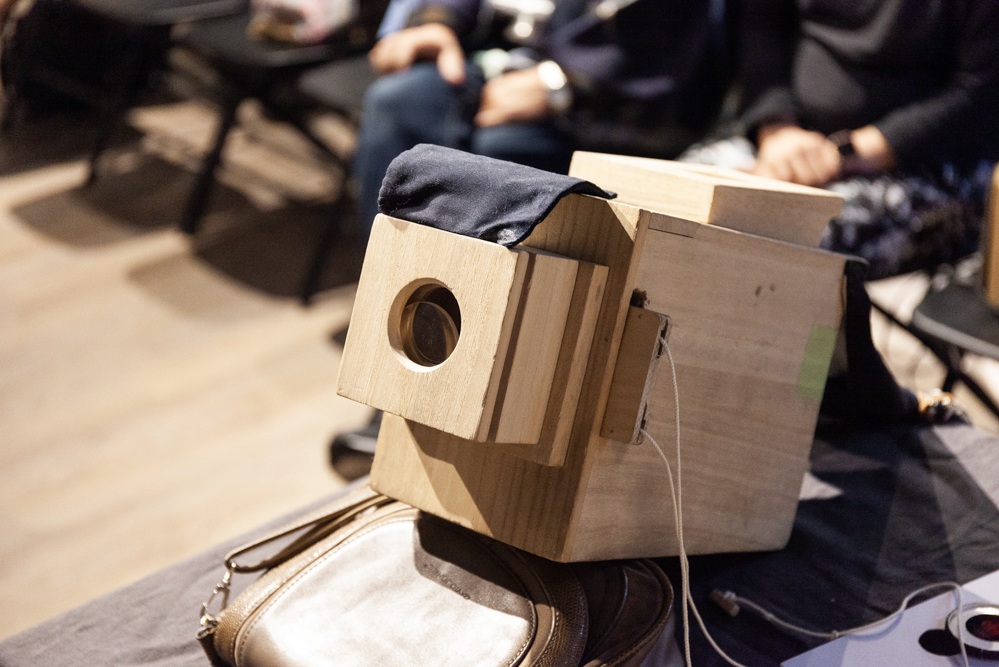


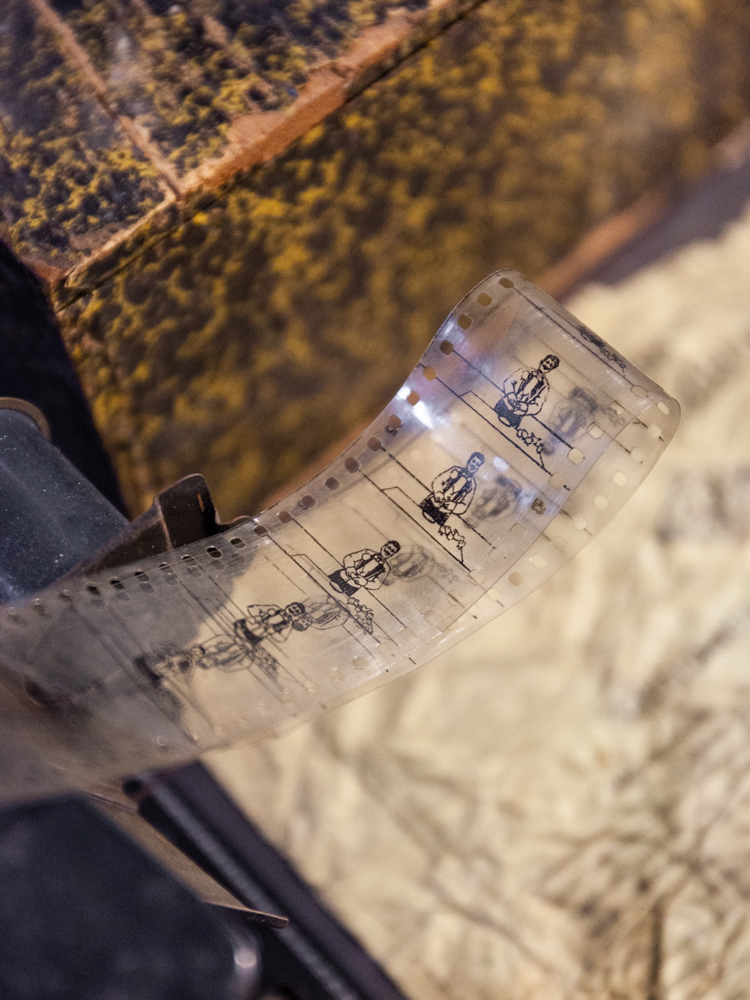
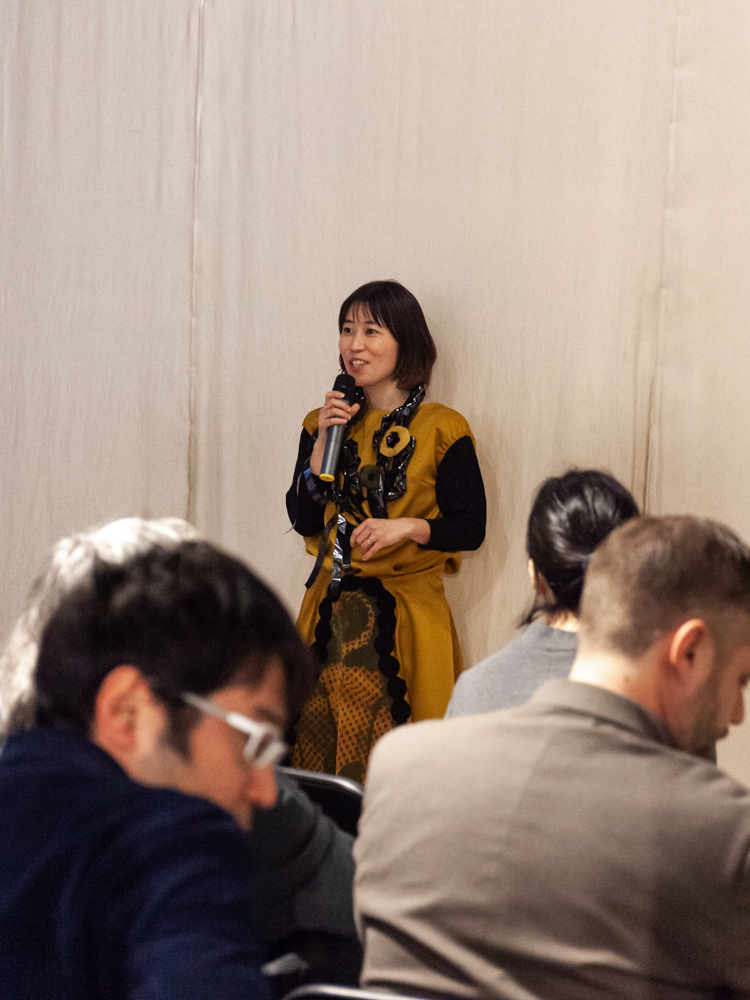

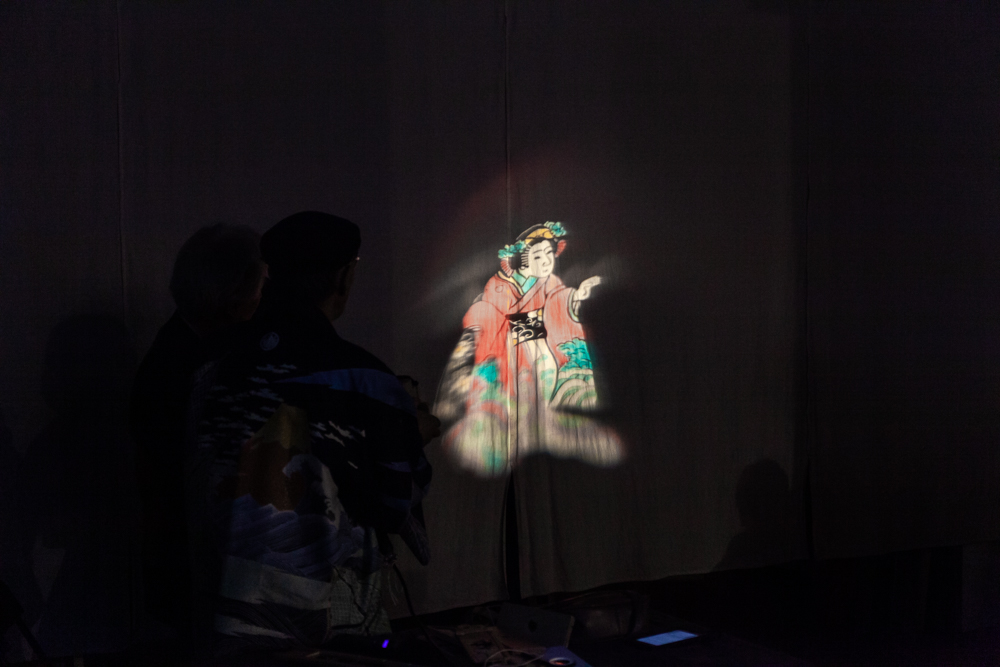
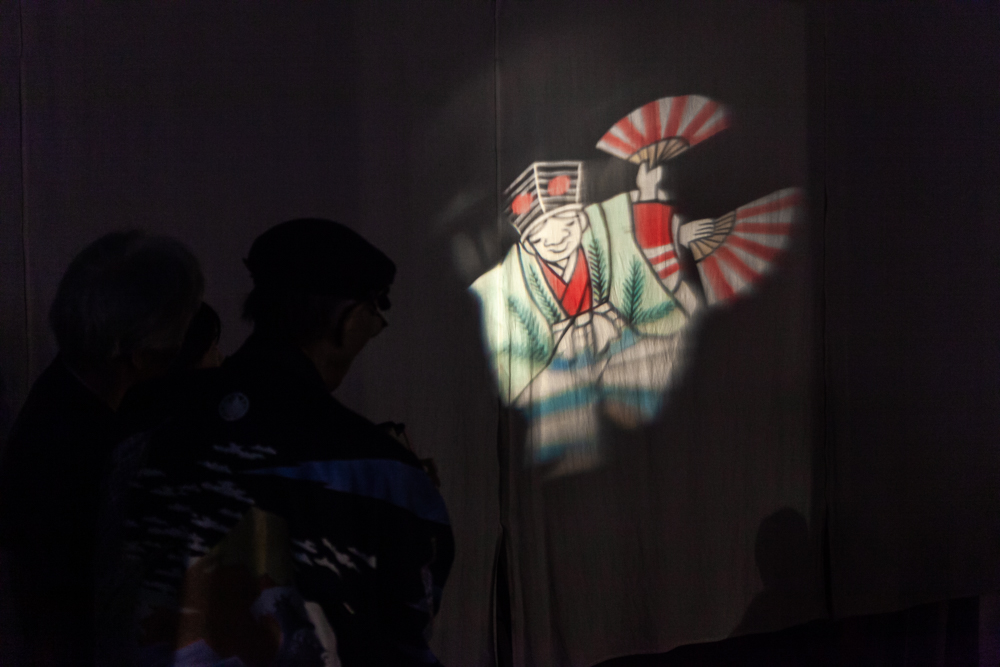
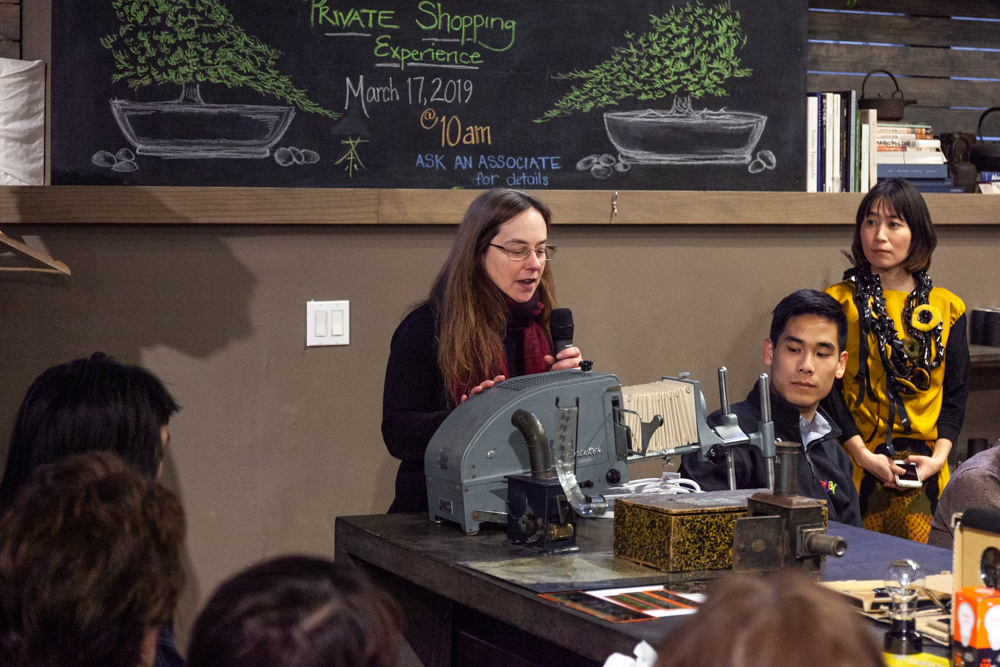


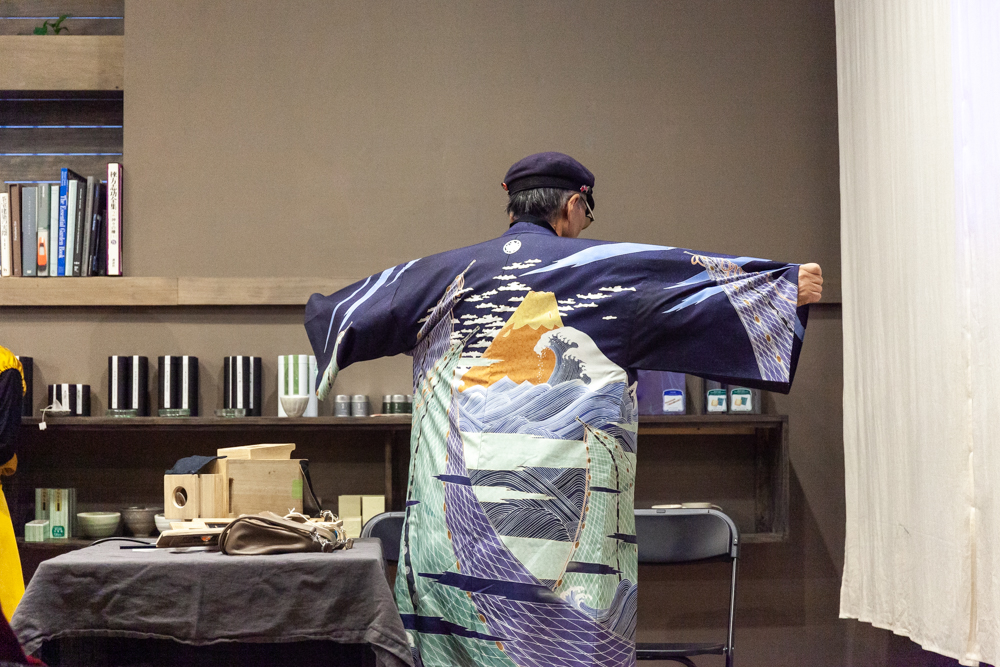
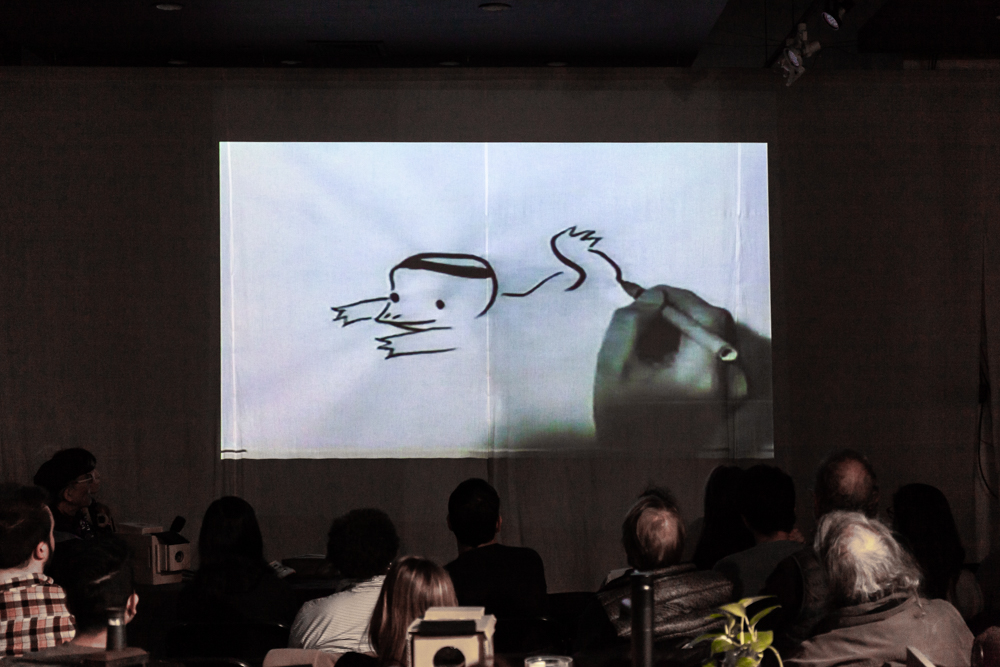
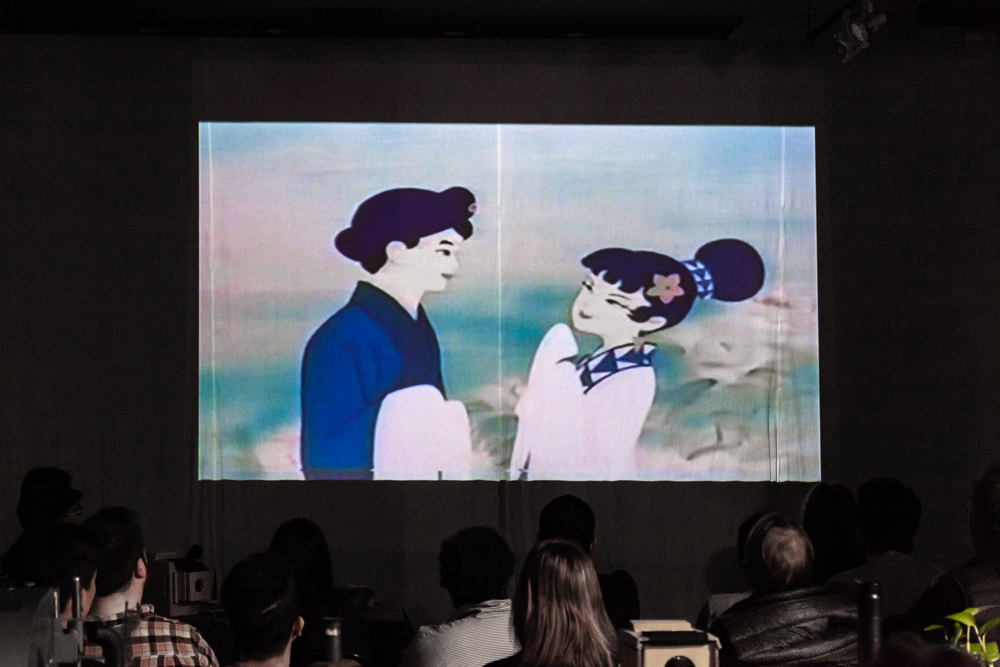
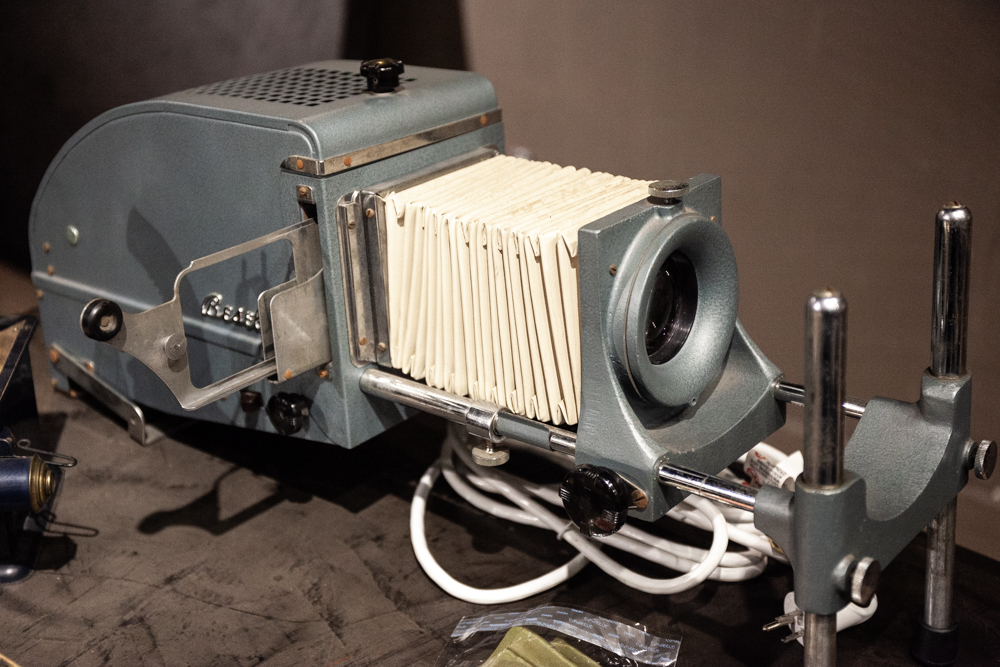

About Collaborative Cataloging Japan (CCJ)
Collaborative Cataloging Japan (CCJ) is an international, 501(c)3 non-profit organization dedicated to preserving, documenting, and disseminating the legacy of Japanese experimental moving image made in 1950s—1980s, in order to enable their appreciation by a wider audience. CCJ aims to strengthen the supporting ecology for preservation and dissemination by offering public events, research and preservation initiatives, and distribution of works on DVD as well as on digital platform. Without this effort, this unique sector of Japanese cultural heritage, which historically has been underrepresented and unsupported, would remain available to only a very few. Buried in artists’ studios or independent archives, many works are in danger of literal disappearance as film and video mediums continue to deteriorate. The scope of moving image focus includes: fine art on film and video, documentations of performance, independently produced documentaries, experimental animation, and experimental television. For more information, please visit: http://www.collabjapan.org/
About Ko Nakajima
Nakajima Ko began his career in experimental animation with the creation of works such as Seizoki (1964). At his solo exhibition at the Sogetsu Art Center, a space for avant-garde art in 1960s Tokyo, he produced Seizoki by painting directly on the film between screenings. His perennial interest in integrating new technologies, exploring the potential of film, video, and eventually computer animation, joined his desire to explore human intersections with nature, as seen in his Biological Cycle series (1971-); he created the first work in the series, Biological Life (1971-), by copying manipulated film footage onto video, then further manipulating the work with a video synthesizer. In 1971, Nakajima established Video Earth Tokyo, the pioneering video-art collective. Nakajima used one of the earliest available portable video recorders to document Video Earth Tokyo performance pieces and teach the new technology. Video Earth Tokyo members created works, broadcast works on cable television, and participated in international exhibitions and emergent CG (computer graphics) conferences.
Nakajima has produced works in France, Canada, New Zealand, and Denmark. Representative works include Biological Cycle series (1971-), My Life series (1976-), Mt. Fuji (1984), and Dolmen (1987). His works are in permanent collections internationally, including in Centre Georges Pompidou (France), The Museum of Modern Art (U.S.), Long Beach Museum of Art Video Archive (U.S.), and the Getty Research Institute Special Collections (U.S.).

